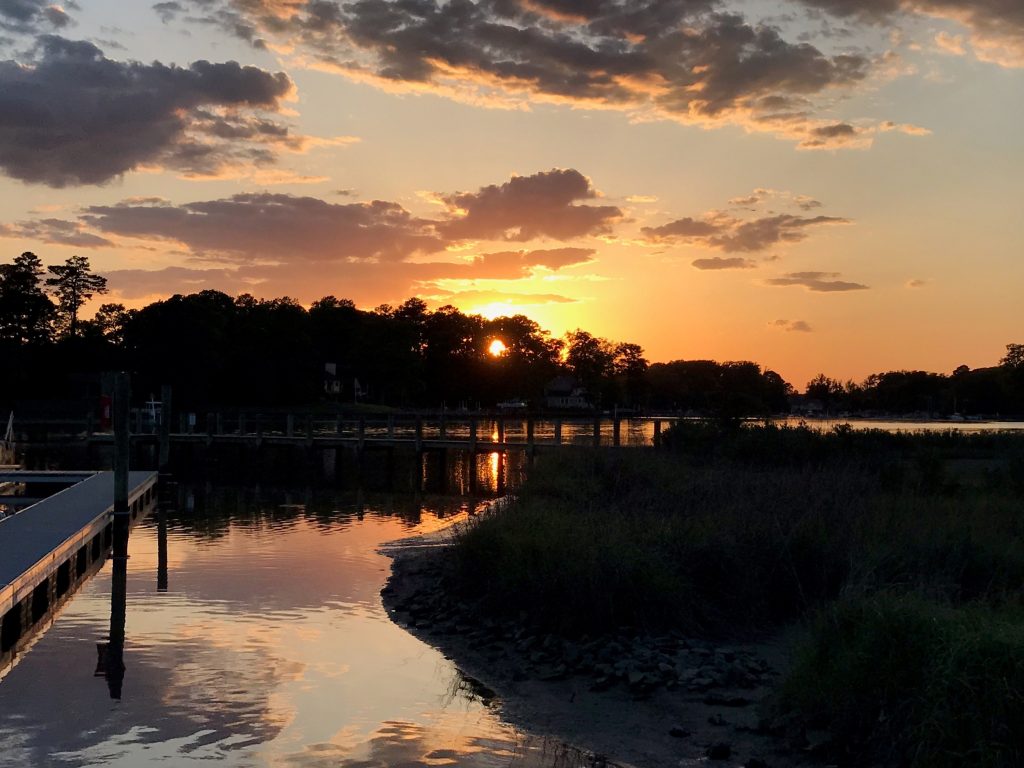Delaware real estate professionals can help their clients buy and build wisely when it comes to wetlands. Those who stay up to date on wetland issues in the state can help their clients avoid problems, and costs, when they buy land or homes in Delaware.
As the landowner’s first contact, real estate professionals can educate clients and buyers to make wise choices about properties. Knowing what wetlands are, where they are, how they work, and what landowners can and can’t do with them before property is purchased can save time and money in the long run.
Real estate professionals may encounter wetlands on properties throughout the state of Delaware. Wetlands are wet areas of land that come in a variety of different types.
To be a wetland, the area or property must have:
There are two different wetland map types available free online to use to help decide if wetlands are located on a property — biological wetland maps and state regulatory maps.
Biological Wetland Map Resources
National Wetlands Inventory (NWI) – Wetland Mapper
Delaware Wetland Toolbox (search any location in Delaware)
These statewide maps outline all wetlands using the three characteristics of wetlands. They map both tidal and non-tidal wetlands and serve as a guidance tool.
Mapped wetlands need to be checked and marked (delineated) in-person by a privately-hired consultant before plans to build are submitted.
Only certain wetland types are regulated, and, just because a wetland is mapped, that does not mean it is regulated.
State Regulated Tidal Wetland Maps will be checked by regulators if a permit to build on or near tidal wetlands is requested. If a landowner believes the map to be incorrect, they can request a Jurisdictional Determination and Map Change.
If a landowner has wetlands on their property, they have a prized natural resource. The best thing to do is to leave it alone and give the wetland room to do its job.
These areas have built-in, no-cost water purification and flood storage systems and can help reduce storm damage.
Healthy wetlands also provide homes for a variety of wildlife and biodiversity.
Things property owners can do:
Avoid impacts on wetlands where practical. Build and design on the dry portions of the property and keep away from the wet areas.
Minimize impacts on wetlands (digging, filling, draining, etc.) as much as possible when they are unavoidable. Research reasonable alternatives to construction and encourage low impact development techniques.
Mitigate wetlands that are impacted or lost on the property. This means to restore, create, or enhance a wetland somewhere else to compensate for the unavoidable impacts to wetlands at another location.
Federal Permitting
U.S. Army Corps of Engineers
State Permitting
DNREC Wetlands and Waterways Section
County Requirements
New Castle County
Kent County
Sussex County
Generally, activities in regulated wetlands that add fill, remove dirt, disturb the wetland surface, cause water to drain away from wetlands or change water flow require a permit.
Activities that require a wetland permit: dredging, draining, filling, construction of any kind, bulkheading, living shoreline, mining, drilling, excavation, tree root removal
Activities that are exempt from a wetland permit: placement of boundary stakes, wildlife nesting structures, duck blinds, hunting, fishing, trapping, foot bridges less than three feet wide, tree branch and trunk removal.
Building on wetlands is not the best decision for the long run. Building on higher and dryer land will save time and money.
Any activity that is planned on or near a wetland will most likely need a wetland delineation, and permits or prior authorization at the Federal, state or county level.

DNREC has a variety of resources available for real estate professionals and their clients. Trainings and educational opportunities are also available for real estate agencies and groups in Delaware, including Continuing Education credits.
Use the resources listed below as tools to help clients invest in the best locations to build on and ensure their investments can stand the test of time.
Wetland Education and Real Estate Professional Credits
A Guidebook for Public Decision Making in Wetland Decision Making and Permitting
Discovering Wetlands: A helpful guide for determining wetlands in your backyard
Related Topics: homeowners, real estate, real estate professionals, water, watershed, wetlands